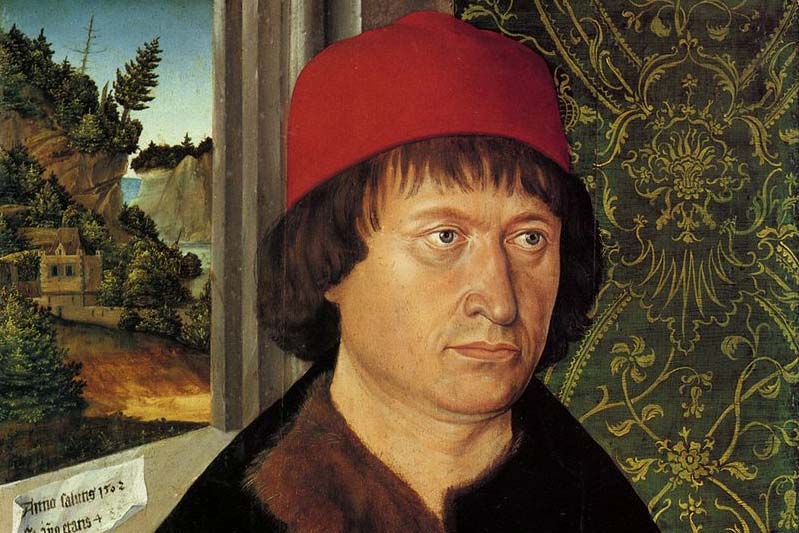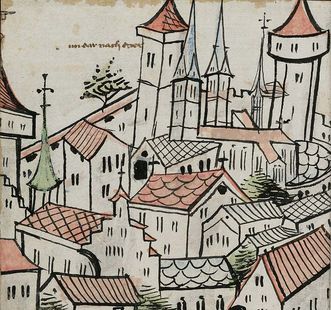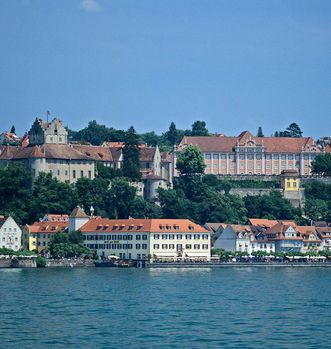A fast career and then what?
Hugo von Hohenlandenberg, the Prince-Bishop of Constance, came from landed gentry in the region that is now Switzerland. He had a storybook career: first as provost in Erfurt, then as canon in Basel and Chur, before finally coming to Lake Constance. In 1496, the Constantine chapter named him bishop of the Bishopric of Constance and sanctified the same year, representing the pinnacle of his career. However, the counsel soon disapproved of the bishop's attempts to gain more secular influence in town.





